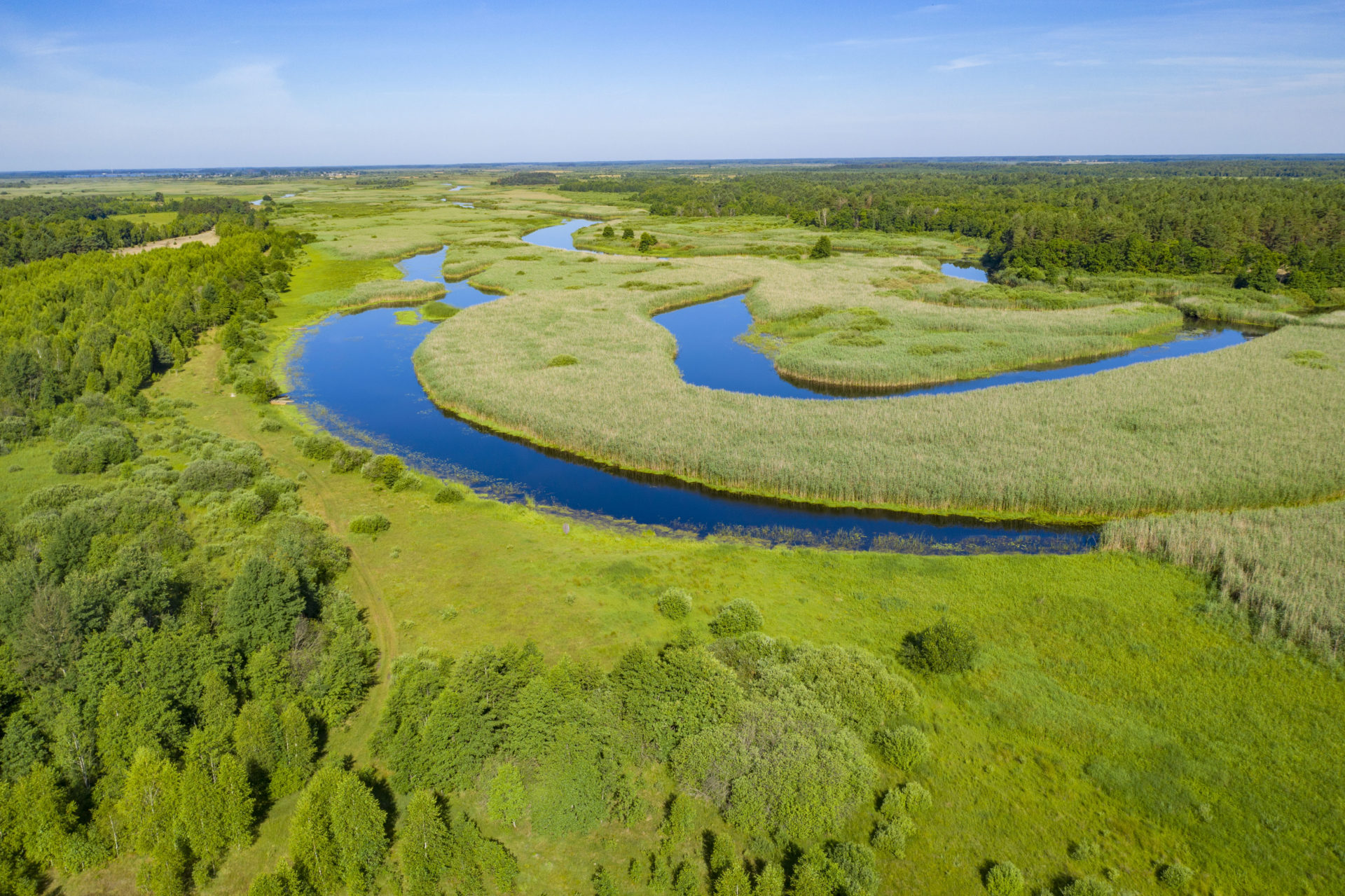A draft report on the EU Transport Roadmap suggests that unsustainable projects will not receive EU funding. However, certain loopholes in the strategy need to first be closed to avoid devastating environmental impacts by proposed transport projects in the EU.
Last week, on the 10th of October 2022, a draft report on the Trans-European Transport Network (TEN-T) policy was published. The report was prepared by European Parliament Members Dominique Riquet (Renew Europe) and Barbara Thaler (European People’s Party).
TEN-T aims to build a sustainable transport network across the European Union – it is, therefore, crucial that this strategy meets the ‘do no significant harm’ principle. This principle outlines that projects:
- should not result in an increase in greenhouse gas emissions,
- should not permanently damage water bodies,
- and cannot have irreversible impacts on important protected areas.
Unfortunately, in the draft report, this key principle would not be fulfilled. The TEN-T regulation has an obligation to assess the harm caused by new transport projects, however, if a project causes significant harm to the environment there are no real consequences – the project can still go ahead with EU funding.
The Save Polesia Partnership suggests the Members of the European Parliament to close this loophole: the EU should not allow major damage to the environment as a result of its transport network.
Wild rivers should remain free-flowing
Europe’s roadmap for future transport includes inland waterways along with roads, rail, and short-sea shipping routes. Inland waterway projects on wild rivers cannot be considered to be sustainable solutions. They should not be included in the TEN-T and should not be supported by the ‘Connecting Europe Facility’- the EU fund that supports the TEN-T.
Creating new barriers on wild rivers makes no sense, especially in the context of the interlinked climate and biodiversity crises.
There are two types of barriers in inland navigation. Longitudinal barriers, such as dams, block the main course of a river or stream. They block migratory fish, create reservoirs that destroy habitat and emit greenhouse gases, and have negative effects on the river or stream sediment and flow, with knock-on effects on biodiversity. Latitudinal barriers, such as levees, cut rivers off from their floodplains. As a result, the floodplain will be lost over time, which will negatively impact biodiversity and the people using the floodplains.
The Save Polesia Partnership stresses that new barriers shouldn’t be allowed on European free-flowing rivers. Unsustainable projects that are damaging our ability to adapt to climate change and that are at odds with environmental objectives should be excluded from the TEN-T.
TEN-T and the E40 waterway
Back in December 2021, the European Commission did not include the proposed Vistula river section of the E40 waterway in the TEN-T. For now, this protects the Vistula and Bug rivers from the devastating impacts that the planned mega-project would have.
Yet threats to the Vistula remain. A one-billion Euro project planned by the Polish Government to build a new dam near Siarzewo would destroy the Vistula river as we know it. This dam alone would already lead to huge negative impacts on climate, biodiversity, important protected areas, and local communities. The EU should not provide financal support to such a damaging project.
No more funding for pointless projects
Importantly, the draft report calls for projects of national plans which are not aligned with the EU transport objectives to not be considered a priority for receiving EU funds. This is a crucial aspect, as the TEN-T project promotors have historically fallen short of identifying when it is time to pull the plug on a project. Damaging and pointless projects, such as the plans for the Elbe river of the Czech Republic, have lingered for decades in the TEN-T.
The Save Polesia Partnership calls on Members of the European Parliament to support Members Riquet and Thaler in stopping the funds for unsustainable and illogical transport projects.
EU regulations protecting free-flowing rivers
The EU Water Framework Directive and the Birds and Habitats Directive protect free-flowing rivers from barriers. These laws require that before a dam or another barrier is built, the effects on the environment are investigated. Dams cannot be built if there are suitable alternatives or if they are not important to society.
The draft Nature Restoration Regulation requires all the EU Member States together to restore 25 000 kilometers of free-flowing rivers. Member States are also required to make an inventory of dams to remove, starting with obsolete dams, and to remove them.
Next steps toward an adopted EU transport roadmap
After the TRAN Committee of the European Parliament has debated the draft report in November, they will vote for the adoption of the TEN-T. This will happen at the beginning of 2023. Save Polesia partners will follow the process closely to ensure that the TEN-T lets wild rivers continue to flow freely.
Further information
- Take a look at the draft report on the TEN-T
- Read our story “E40 waterway not part of EU’s transport roadmap“
- Find out more about Polesia and read our factsheet ‘About Polesia – A unique wilderness of global importance’
- Learn more about the threats from the E40 waterway and read our factsheet ‘E40 waterway would destroy biodiversity hotspots and key protected areas’
Share the news and follow us on twitter.
Sign our petition to #savePolesia.
*Top image shows the wild Pripyat river in the Pripyat-Stokhid National Park in Ukrainian Polesia. Photo credit: Daniel Rosengren / FZS

